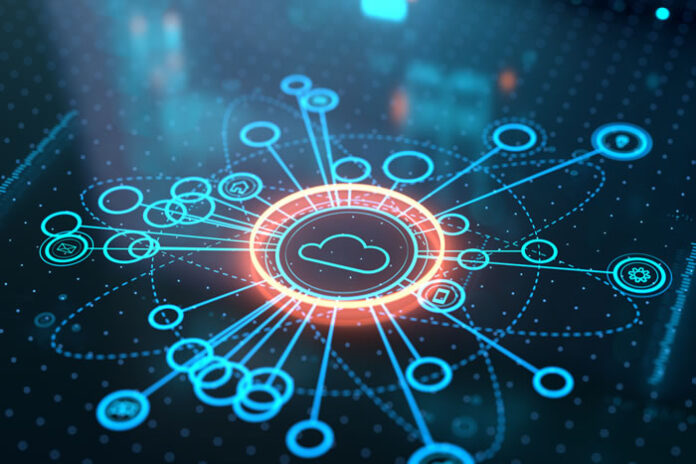Data created, consumed and stored has exploded from about 2 zettabytes (a zettabyte is 1 billion terabytes) to about 79 zettabytes by the end of 2021, and will continue to skyrocket to more than 180 zettabytes by the end of 2025, according to Statista.
The continued growth of data has resulted in growth in both cloud services and edge computing and will continue to drive the expansion of both for years to come. While some may favor cloud computing over edge computing, and others will take the other side of the argument, the truth is that they have a synergistic relationship, with companies using both to keep up with the growing data demands of the burgeoning digital world.
A little background: Cloud providers consider edge computing or “the edge” as part of on-premises data solutions. The growth of edge computing and data storage begins initially on premises, though storage of any significant capacity will eventually move to the cloud so as not to choke off on-premises resources. So, any growth of edge computing that drives more data creation will benefit cloud providers will eventually migrate to the cloud – a rising tide floats all boats.
Edge Computing Advantages
Yet edge computing holds some distinct advantages over cloud services. First and foremost, edge computing offers faster response times. There is no waiting for a busy – or a down – cloud service, such as happened with Amazon Web Services (AWS) in early December, impacting not only thousands of users on various websites, but also streaming services and Amazon’s own delivery services, with countless packages not reaching their destinations for an additional day.
Additionally, edge computing can be located in any location, even remote locations where there is no fast connection to the cloud. Therefore, edge computing can more efficiently address data that is based on a local area or application. For example, news-based websites and television stations will show streaming video clips that are targeted to their audiences.
So, while, for example, the mayoral race in Dallas may be the top news item of the day, with accompanying streaming video, Houston may have a multiple-vehicle accident on the interstate or a national championship that is of more immediate interest there, with video of those events streaming to that audience. In San Antonio, it might be something else. Three distinct local areas with three distinct audiences for streaming videos, though all might also use shorter versions of the “non-local” events in those other cities.
Shifting to StaaS
Due to the immediacy and other advantages offered by edge computing, such as privacy and data security, organizations that benefit from these attributes are those more likely to prioritize edge computing over cloud resources. In addition, storage providers of on-premises solutions have started shifting toward “Storage-as-a-Service” (StaaS) payment models similar to the cloud (Infrastructure as a Service – IaaS). So, organizations can avoid making a large capital outlay at start, amortizing payments over time. Therefore, the decision to prioritize edge computing comes down to the tradeoffs of attributes between on premise resources verses cloud compute and storage – performance, security, and cost.
Among the questions to ask when making the decision: How often do you need to move data? What percentage of the day do you use resources? What type of SLA requirements do you have? What level of security does your application require? Hence, the more an enterprise depends on real-time answers based on a growing amount real time data generation, the more that edge computing could be a better solution than a cloud service.
Cloud Service Advantages
For many organizations, however, cloud services provide benefits not available from edge computing. The cloud is a highly flexible platform that allows for global access and pay-as-you-go and pay-as-you-use resource models. Though these models are emerging with edge computing, they are not as universal as they are with cloud services. Additionally, cloud services alleviate the need and cost of having technical expertise on premise, since application updates are handled by the provider.
With each having advantages and both needed to help organizations managing the continuing tsunami of data, both will continue to thrive. Increased performance of local connectivity and the need to extract business value in real-time from local applications will push the growth of edge computing, while cloud services will thrive as more and more real-time data is created on the edge and eventually migrated to the cloud.















